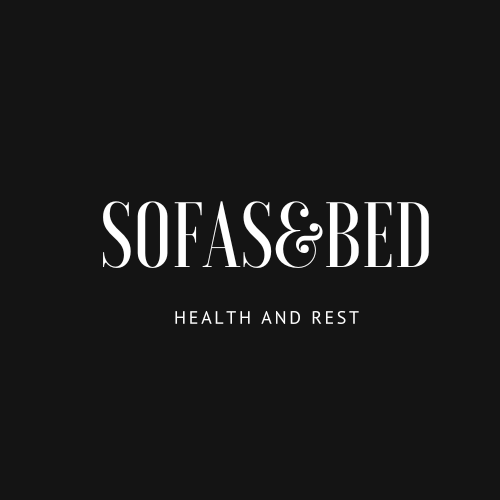The Sleep-Creativity Connection: How Rest Fuels Innovation and Problem-Solving
While most sleep discussions center on health and energy, the profound relationship between sleep and creativity remains underexplored. This connection offers fascinating insights for anyone looking to enhance their creative thinking, problem-solving abilities, and innovative output.
The Science Behind Sleep and Creative Thinking
The brain’s creative processes rely heavily on specific sleep stages and patterns:
- REM sleep serves as a cognitive playground where the brain makes unusual connections between seemingly unrelated concepts
- Slow-wave sleep consolidates memories in ways that often reveal hidden patterns and solutions
- Hypnagogia, the transitional state between wakefulness and sleep, frequently produces breakthrough insights
Research highlight: A study published in the Proceedings of the National Academy of Sciences found that REM sleep increases participants’ ability to solve problems requiring creative insights by nearly 40% compared to non-REM sleep.
Famous Creative Breakthroughs Linked to Sleep
History is filled with examples of creative and scientific breakthroughs that occurred during or immediately after sleep:
- Dmitri Mendeleev reportedly conceived the periodic table of elements in a dream
- Paul McCartney claimed the melody for “Yesterday” came to him fully formed upon waking
- Otto Loewi dreamed of an experiment that would prove the chemical transmission of nerve impulses, leading to his Nobel Prize
- Mary Shelley drew inspiration for “Frankenstein” from a vivid dream-like vision
Sleep Deprivation’s Hidden Creative Costs
Chronic sleep restriction impairs creative thinking in ways that often go unrecognized:
- Diminished cognitive flexibility: The ability to switch between different modes of thinking becomes impaired
- Reduced divergent thinking: The capacity to generate multiple solutions to open-ended problems decreases
- Impaired insight formation: The “aha moment” that characterizes creative breakthroughs becomes more elusive
- Limited associative thinking: The brain’s ability to create novel connections between distant concepts diminishes
Optimizing Sleep for Creative Enhancement
Strategic approaches to sleep can dramatically boost creative capabilities:
- Target REM-rich sleep periods: The majority of REM sleep occurs in the final hours of a full night’s rest, making complete sleep cycles essential
- Practice lucid dreaming techniques: Maintaining awareness during dreams can help direct creative problem-solving during sleep
- Keep a bedside idea journal: Capturing insights upon waking preserves creative breakthroughs that often fade within minutes
- Use sleep incubation: Deliberately think about a specific problem before sleep to increase the likelihood of dream-related solutions
The Creativity-Rest Feedback Loop
The relationship between creativity and sleep functions as a bilateral feedback loop:
- Creative engagement improves sleep quality: Meaningful creative work during waking hours often leads to more restorative sleep
- Quality sleep enhances creative output: Well-rested minds demonstrate greater originality and innovative thinking
- Creative visualization aids sleep onset: Using imagination to create calming mental scenarios can facilitate faster transitions to sleep
Beyond Nighttime: Incorporating Creative Rest Throughout the Day
Complementing nighttime sleep with strategic daytime rest practices further enhances creative capabilities:
- Diffuse attention breaks: Brief periods of unfocused attention allow the brain’s default mode network to make novel connections
- Nature exposure: Time spent in natural settings provides the kind of “soft fascination” that restores creative cognitive resources
- Mindfulness practices: Regular meditation enhances the awareness needed to notice subtle creative insights
Understanding the bidirectional relationship between sleep and creativity provides a powerful tool for anyone seeking to enhance their innovative thinking. By prioritizing and optimizing rest, we unlock creative capacities that remain dormant in sleep-restricted states.
Whether you’re an artist facing a blank canvas, an entrepreneur developing new business models, or simply someone wanting to approach life’s challenges more creatively, your sleep habits may be the untapped resource you’ve been overlooking.
